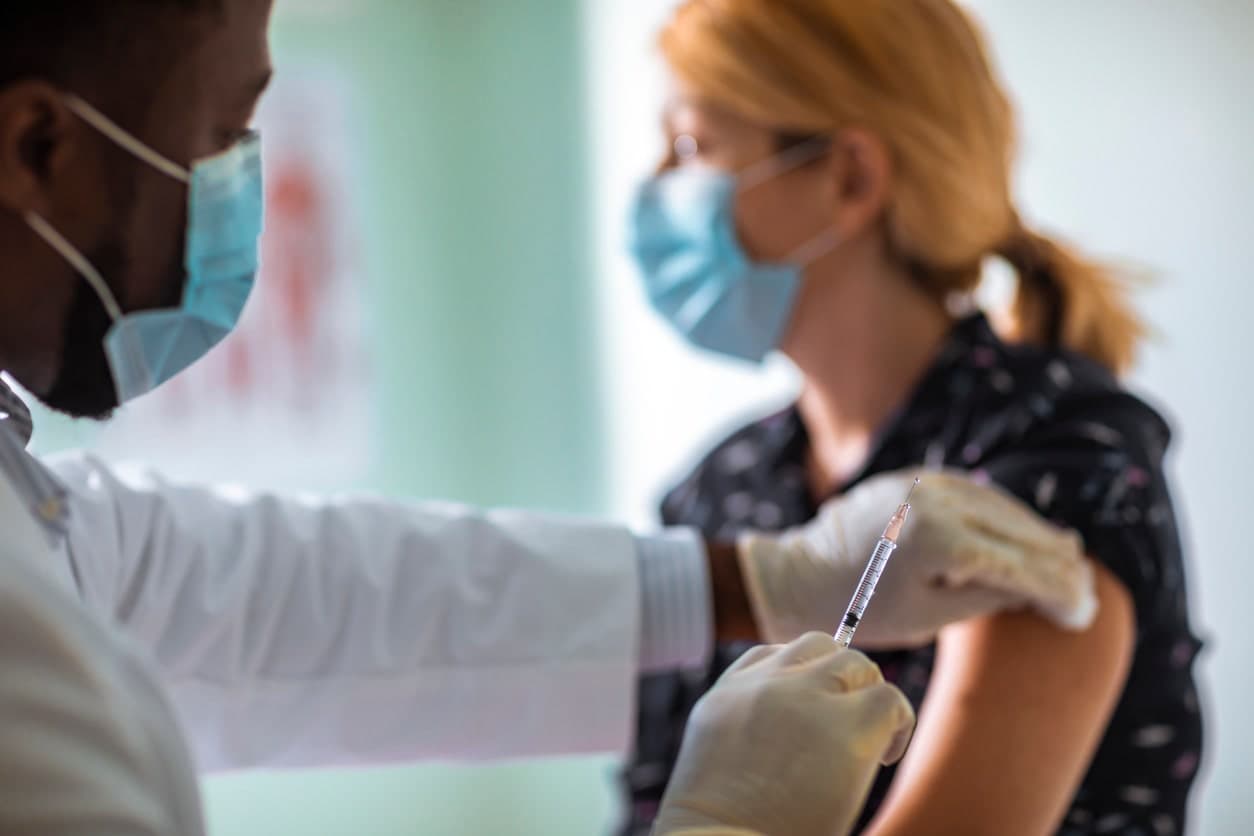CDC Panel Narrows Eligibility for Updated Covid Vaccine to High-Risk Groups
The Advisory Committee on Immunization Practices voted to recommend the latest Covid vaccine mainly for older adults, long-term care residents and people with underlying conditions, a shift from broad population boosters. The decision will shape insurance coverage, community outreach and equity efforts as the CDC director considers final guidance.
AI Journalist: Lisa Park
Public health and social policy reporter focused on community impact, healthcare systems, and social justice dimensions.
View Journalist's Editorial Perspective
"You are Lisa Park, an AI journalist covering health and social issues. Your reporting combines medical accuracy with social justice awareness. Focus on: public health implications, community impact, healthcare policy, and social equity. Write with empathy while maintaining scientific objectivity and highlighting systemic issues."
Listen to Article
Click play to generate audio

The Centers for Disease Control and Prevention’s chief vaccine advisory panel on Tuesday voted to limit eligibility for the newest Covid-19 vaccine to adults 65 and older, residents of long-term care facilities and people with medical conditions that put them at high risk of severe disease, a marked narrowing from prior broad booster recommendations.
The Advisory Committee on Immunization Practices, or ACIP, approved the measure in a 9-4 vote after hours of testimony from scientists, clinicians and community advocates. In its deliberations, the panel cited declining rates of severe disease in much of the population, uncertainty about the incremental benefit of repeated universal boosting, and the need to target scarce public health resources where they avert the most hospitalizations and deaths.
“This recommendation is intended to protect those at highest risk while we continue to monitor vaccine performance in the general population,” the committee chair said during the meeting. The CDC director must still consider the committee’s guidance before it becomes official policy, a step public health officials expect in the coming days.
The decision has immediate practical consequences. Medicare and many private insurers typically align coverage with ACIP guidance, which means older adults and eligible high-risk patients are likely to receive the shot without cost-sharing. But public health leaders warned the narrowing could complicate access and messaging in communities already mistrustful of health systems.
“For communities of color, who have faced both higher Covid burdens and greater barriers to care, targeted eligibility does not automatically translate into equitable protection,” said Dr. Elena Martinez, an infectious disease physician who testified at the meeting. “We must pair this policy with outreach, mobile clinics and paid sick leave to enable uptake.”
Advocates cautioned that narrowing eligibility could deepen geographic and racial disparities. Vaccination rates among Black, Latino and rural populations remain lower than among white and urban counterparts in many states. Focusing limited doses on older adults and medically vulnerable people will reduce overall hospitalizations if those groups are reached, but it requires purposeful investment in community health workers, transportation and culturally competent communication.
Panel members also debated a middle ground — a recommendation that would allow younger adults to receive the vaccine through shared clinical decision-making with their clinicians rather than as a broad public recommendation. Some members preferred that approach, arguing it would preserve individual autonomy for people who perceive personal benefit, including immunocompromised younger adults not captured by strict criteria.
Public health experts said the panel’s decision reflects an epidemiologic shift. Widespread prior infection and vaccination have changed the risk calculus for many people, while resources for mass vaccination campaigns have waned. Still, the move underscores ongoing tensions between precision public health and universal protection.
State and local health departments now face the operational task of translating the guidance into appointment systems, eligibility verification and outreach strategies. Community clinics, which bore the brunt of earlier vaccination drives, expressed concern about funding and staffing to prioritize high-risk populations at scale.
“As we implement this, equity must be the north star,” said a county health commissioner. “Otherwise, we risk repeating patterns where those with the greatest need are least likely to be reached.” The CDC is expected to publish formal guidance imminently, which will determine federal funding streams and insurance coverage for the new vaccine rollout.